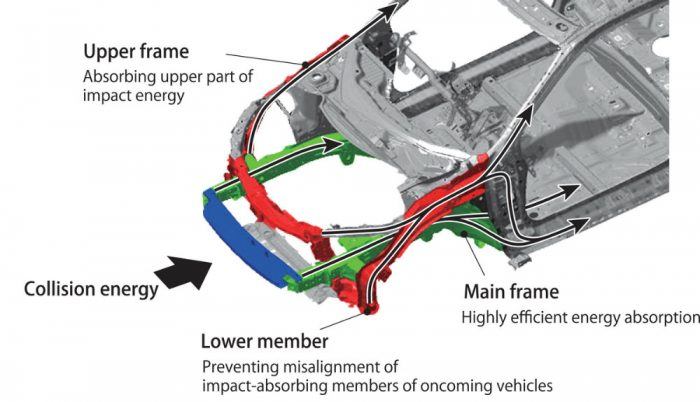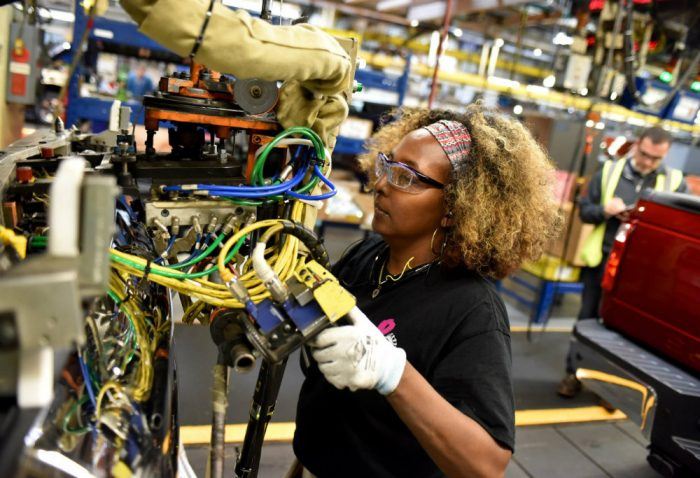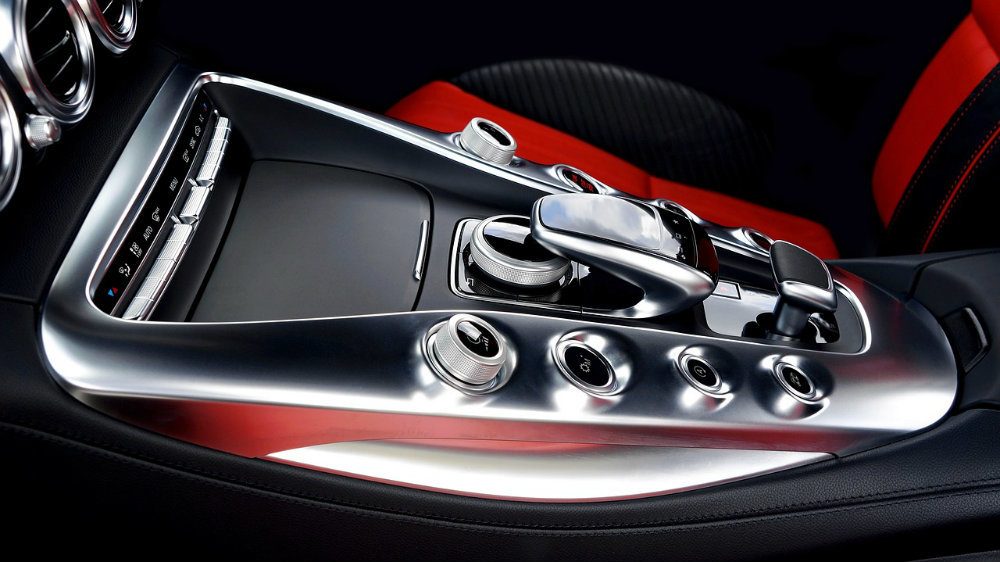Automoblog’s Katie Kapro examines how imaginative thinking and creative risks have influenced the modern automobile in this three-part miniseries.
Part 1: Creative Engineering.
Part 2: Throwbacks, Dream Machines, and Pretty Girls.
When the word “technology” comes up in conversation, a handful of images generally pop into one’s head: wired gloves with motion sensors, long-armed machines assembling soldier robots, a glowing motherboard, that sort of thing. But at its core, technology is nothing more than the practical application of knowledge. It is the future, the past, and every problem solved in between.
The automotive industry has been a leader in technological advancement since its birth. Part three of this series examines precisely how the creative thinking behind new automotive technologies impacts the way we drive, and how those advancements are changing the world.
Fundamentals of Motion
Once humans figured out that four wheels, a couple axles, and a small engine could transport us from point A to point B, our next demand was that it be fast. Speed is no simple request for a machine – it necessitates that mechanical elements work double-time, which creates excessive heat, among other things. Heat enclosed in a tight metal box with flammable liquid just around the corner? There was some pretty clever problem-solving, paired with lots of trial and error, to develop technologies for fast machines that wouldn’t explode when the driver stepped on the gas.
As cooling technologies developed, speed became possible. In most cars you’ll see on the road today, a cooling system works by circulating a mixture of water and antifreeze through special passages in the engine. A simple enough idea. In Formula One racecars, that idea has evolved into a refined balance between aerodynamics and temperature control, resulting in cars that can accelerate up to 62 mph in less than two seconds with higher g-forces than a space shuttle launch.
Of course, with increased speed comes increased safety concerns. Anti-lock braking technology is one of the most recognizable safety features developed to curb the hazards of speed. Before ABS, when skilled drivers needed to stop quickly at high speeds, they would do two things – threshold braking and cadence braking. In other words, they’d apply just the right amount of force when the wheel is just beginning to slip, and they’d pump the brakes. ABS not only does both, but it kicks in much faster than the average person could, allowing the driver to focus on controlling the vehicle.
In the 21st Century, we find ourselves in a wondrous position in terms of automotive technology. Engineers have raised the performance bar so high, the mechanical workings of a vehicle no longer define its limitations. From the road to the racetrack, modern performance limits are set not so much by the technology, but by safety regulators.

Efficiency & Expansion
The second branch of automotive technological advancement is not so much related to what’s going on under the hood and between the axles, but rather how those parts are assembled. From the earliest days of the automobile industry, companies who built the best cars most efficiently were kings of the trade. At the time, that meant assembly lines where people manually put together the vehicle, piece by piece.
Today, most vehicles are built by finely-tuned machines. Automated manufacturing is not so much a matter of replacing a human in the field with a machine. In fact, its greatest value is in streamlining the process of turning raw materials into vehicle components that humans can then work with. Car dashboards, for example, are now commonly built by machinery. Sheets of natural or synthetic raw material and thermoform (a plastic sheet that’s been heated to be pliable and then shaped) are routed by a by a human-operated, computer-controlled CNC milling machine to make the dashboard. The dash is then fitted to the chassis, and all the components like the steering column and speedometer can be attached later.
2010 saw a major drop in automotive manufacturing. The graph in this Business Insider article shows just how dramatic the fall in vehicle sales actually was. Even in a trillion-dollar industry like automobile manufacturing, the market is still subject to the ebb and flow of supply and demand.

Forward-Looking
In 2017, the trends in manufacturing are noticeably similar to the technological advancements in the cars themselves. That is to say, the thing that curbs manufacturing today is not technology – we’ve gotten that pretty well figured out, with a few exceptions – but rather, manufacturing is slowing down because the industry is wary of the fact sales have been running so hot since recovering from the 2010 drop-off. They’re afraid of overheating; of having more vehicles than the public will buy. Their concern is inherently similar to a safety regulator deciding that just because we’ve developed the technology for a car to go wildly fast, perhaps it’s not the best thing to make that the norm.
The automotive industry has reached a point in its development where it’s no longer the mechanical and technological boundaries setting the limitations. For better or worse, that’s up to us now.
Katie Kapro spent her childhood handing her dad tools under his Datsun. She loves thinking about the social aspects of motoring, and dreaming about the future of automotives. Follow her work on Twitter: @kapro101


